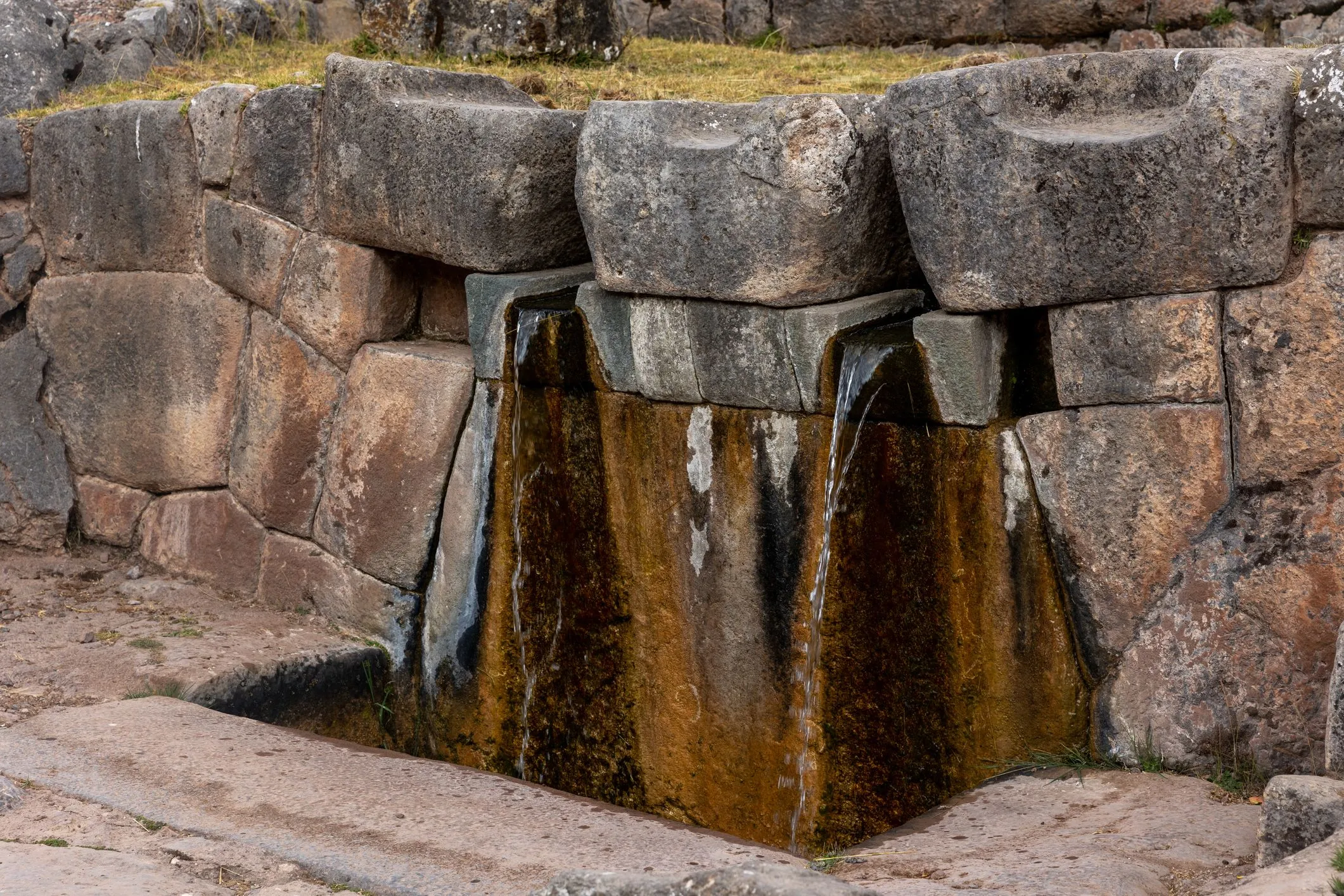Peru Uncovers Secrets of a Forgotten Water Cult Through Ancient Ruins

Peru's Remarkable Archaeological Discoveries
A groundbreaking discovery in Peru unveils a temple burial site dating back approximately 3,800 years. This site, linked to a forgotten water cult, pre-dates the rise of the Incan Empire. The archaeologists recovered four skeletal remains, positioned facing the mountains, which were deemed the vital source of water. This excavation at the Queneto archaeological site in Peru offers new perspectives on the cultural practices of ancient civilizations in South America.
Significance of the Discovery
- Four skeletal remains were found in a temple associated with water worship.
- Burials reflect a reverence for water as a life source in the Andes.
- Artifacts, including stone pendants, snail shells, and pottery shards, were discovered.
Architectural Insights
The temple's architecture features unique curved corners from the Early Formative period. Such design reflects sophisticated construction techniques predating the Incan Empire.
Cultural Tourism Potential
The research team urges the government to recognize the archaeological significance of the Viru Valley, proposing its development as a cultural tourism hub, thereby enhancing Peruvian identity.
This article was prepared using information from open sources in accordance with the principles of Ethical Policy. The editorial team is not responsible for absolute accuracy, as it relies on data from the sources referenced.